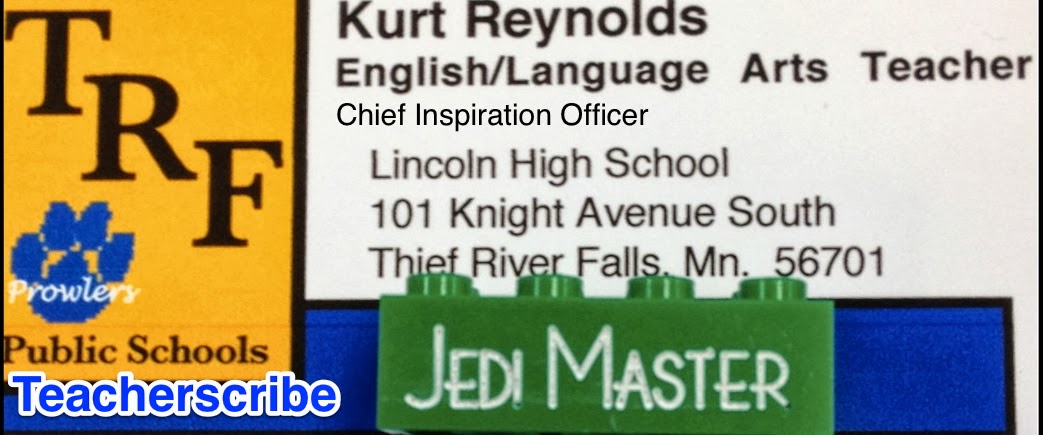Teacherscribe’s Teaching Tip #107
Find a way to allow for productive struggle. When I look back on the classes that taught me the most (and which, coincidentally, I enjoyed the most) : college algebra, world religions, advanced creative writing, and advanced writing, they all forced me to struggle. But the key is that the struggle was productive. In other words, the struggle produced results. I was beating my head against the subject in vain, as I have done in so many other classes (just about all my education classes, Renaissance and later middle ages, and oral interpretation).
So how can we construct lessons that allow for students to struggle productively?
I would look to video games. The fact that my four year old can one minute be crying his eyes out over his favorite DC video game on his iPad and then 30 seconds later be jumping around ecstatic that Batman was finally able to defeat the Penguin and move to the next level illustrates productive struggle perfectly. Each level has a goal (we’d call this the learning target). Yet, it’s not so easy as to allow Cash to pass it without several attempts. And - best of all - it allows for him to have to commit time (thus, his tears) and effort to beating the level (in this case, Cash’s mortal enemy, the penguin).
Video game designers know, of course, that they’d never sell any games if their early levels were too difficult so that gamers gave up right away. The key is to (using Vygotsky’s zones of proximal development) start easy and then incrementally increase the difficulty on each level so that they gamer will struggle but not give up.
Do we even think like that in education?
I would also look to coaches. When they build their programs from the elementary school up, they know they can’t have my daughter in kindergarten try to do lay ups. She has to learn how to dribble first. Then they build up those skills over the years and - coupled with the child’s innate talent level - they produce varsity players (eventually).
This is actually what I loved most about sports. For me athletics were all about practice. The games were okay (we never won a whole lot in RLF), but practice was what I lived for. In football what I loved most was having a new play introduced and then working on it all week until we could execute it in a game. The first time we’d try it - I recall our coach wanting to run a shotgun shovel pass my sophomore year - it’d be a disaster. First, our center had to not snap it three feet over our quarterback’s head or shoot it at his ankles. Once that was down, I then had to time my pull right so I could actually get down the line of scrimmage quickly enough to kick out the defensive tackle or end. This coincided with the play side tackle and guard getting their down blocks.
To make matters more difficult our coach (Bryan Thygeson) installed the play in the game plan as an audible. Worse yet, when our quarterback changed the original play to the shotgun draw (which called for all 11 of us on offense to know what the ‘hot’ color was in his cadence), the draw was on two. So whatever the original count had been on, we all had to remember that the new play was on two. I felt sorry for our center, who not only had to remember that, but then had to execute the shotgun snap on top of all of that.
So what can teachers learn from video games and sports as we construct lessons (and these lessons don’t have to occur every single day in class) that allow for our students to struggle productively. By doing this we will be developing grit in our students. And that’s a skill that they’ll use for the rest of their lives.


2 comments:
Love the connections.
Love it
Post a Comment